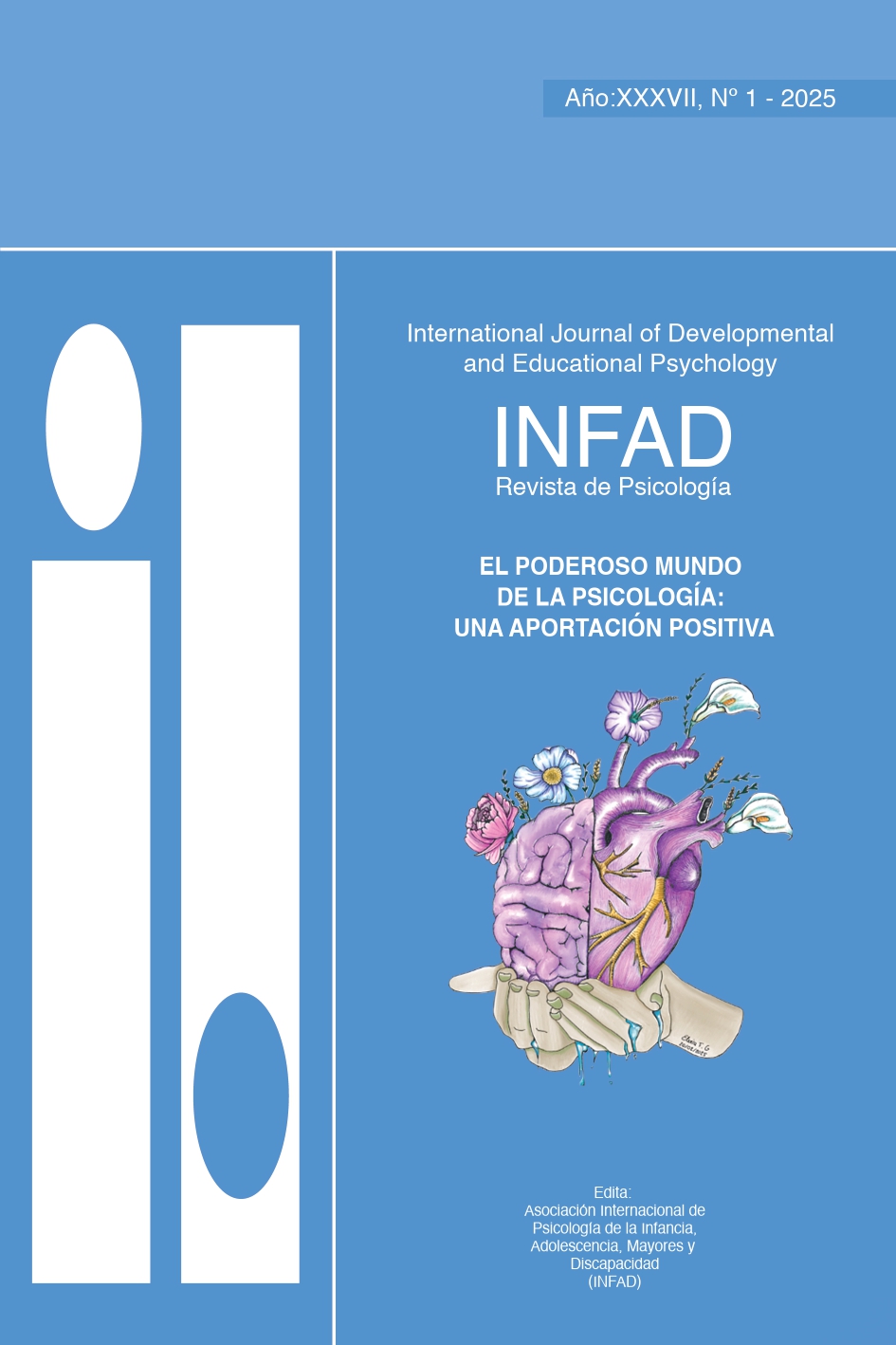Menstrual eduation, health and physical education - a study conducted with portuguese young girls
Main Article Content
Abstract
Portuguese young girls, who usually reach their menarche from the age of 12/13, are faced with biological and emotional factors that, compared to their male counterparts, create an inequality of opportunity for the practice of physical and sports activity (PSA) in the school curriculum, through Physical Education (PE), which for the World Health Organization is a practice that helps to develop physical abilities, to increase the general pleasure in physical and sporting practice, and has a real impact on counteracting a sedentary lifestyle. The physical state of the (pre)menstrual period, whose systemic effects include a state of inflammation that imposes several physical
limitations, is still not widely addressed in the school context and is rarely considered for the practice of Physical Education, reflecting in the short and medium term on adolescents’ health and well-being. This research aimed to
understand factors perceived by a group of Portuguese female students regarding their (pre)menstrual mood, which interferes with their well-being, in the context of Sports and Physical Activity in Physical Education practice.
It was a cross-sectional study using quantitative methodology, conducted with a sample of 461 Portuguese young female students, aged between 17 and 21. Data was collected during July 2024, using a questionnaire created in Google Forms, which complied with ethical procedures, including an informed consent form at the beginning,
safeguarding voluntary participation, confidentiality and anonymity. The data were statistically analyzed using SPSS version 29. The results showed that for a large number of university student girls, the physical symptoms of the (pre)menstrual state influence the practice of PSA at school. In this context, Physical Education does not create the best conditions to increase the general pleasure in physical activity, reducing the differences with their male colleagues and promoting active lifestyle habits, which are important for their health, in the short, medium and long term.
Article Details
Section

This work is licensed under a Creative Commons Attribution-NonCommercial-NoDerivatives 4.0 International License.
Attribution — You must give appropriate credit, provide a link to the license, and indicate if changes were made. You may do so in any reasonable manner, but not in any way that suggests the licensor endorses you or your use.
NonCommercial — You may not use the material for commercial purposes.
NoDerivatives — If you remix, transform, or build upon the material, you may not distribute the modified material.

This work is licensed under a Creative Commons Attribution-NonCommercial-NoDerivatives 4.0 International License
How to Cite
References
Cabrita Condessa, I. & Caçador Anastácio, Z. (2024). Educação sustentável para o bem-estar: análise de estilos de vida e satisfação com a imagem corporal de um grupo de jovens portugueses. Revista INFAD de Psicología. International Journal of Developmental and Educational Psychology, 1(1), 331-338. https://doi.org/10.17060/ijodaep.2024.n1.v1.2626
Campos, C.G.; Carlos, F.M.; Muniz, L.A.; Bila, W.C.; Damasceno, V.O.; Romano, M.C.C.; Lamounier, J.A. (2021). Atividade física na adolescência e maturidade sexual: uma revisão sistemática. Ciência & Saúde Coletiva [online]. v. 26, n. 5, pp. 1823-1832. ISSN 1678-4561. https://doi.org/10.1590/1413-81232021265.17622019.
Cohen, L., Manion, L., & Morrison, K. (2017). Research Methods in Education (8th ed.). Routledge. https://doi.org/10.4324/9781315456539.
Dhar, S., Mondal, k.k. & Hattacharjee, P (2023). Influence of lifestyle factors with the outcome of menstrual disorders among adolescents and young women in West Bengal, India. Sci Rep 13, 12476, https://doi.org/10.1038/s41598-023-35858-2
Direção Geral de Saúde, circular n.º 5 de 21 de fevereiro de 2006.
Finne E, Bucksch J, Lampert T, Kolip P. (2011). Age, puberty, body dissatisfaction, and physical activity decline in adolescents. Results of the German Health Interview and Examination Survey (KiGGS). Int J Behav Nutr Phys Act 8: 119.
Norman D. Goldstuck (2020). Modern menstruation: Is it abnormal and unhealthy? Medical Hypotheses, 114, 2020, 109955, ISSN 0306-9877, https://doi.org/10.1016/j.mehy.2020.109955
Riddoch, Chris J.L.; Bo Andersen, L.; Wedderkopp, N.; Harro, M.; Klasson-Heggebo, L.; Sardinha, L.B.; Cooper, Ashley R.L.; Ekelund, U. (2004). Physical Activity Levels and Patterns of 9 and 15 Years Old European Children. Medicine & Science in Sports & Exercise 36(1), p 86-92. DOI: 10.1249/01.MSS.0000106174.43932.92.
Silva, P., Graça, P., Mata, F., Arriaga, M.T. & Silva, A.J. (2019). Estratégia Nacional para a Promoção da Atividade Física, da Saúde e do Bem-Estar | 2016-2025. Direção-Geral da Saúde (DGS).
Thomas, K.T., Gallagher, J. D. & Thomas, J.H. (2001). Motor Development and Skill Acquisition during Childhood and Adolescence. In Singer, R., Hausenblas, H.A. & Janelle, C.M. (Ed.) Handbook of Sport Psychology, pp: 20-52. 2nd Edition. Wiley.
UNESCO (2023). Equity 2030 Alliance: Normalizing Gender Equity in Science & Technology. acedido em maio de 2024 em https://un-two-zero.network/contents/equity-2030-alliance-normalizing-gender-equity-in-science-technology/. Acedido em maio 2024 em https://www.unicef.org/brazil/os-direitos-das-criancas-e-dos-adolescentes,
World Health Organization (2018). Global Action Plan on Physical Activity 2018-2030: More Active People for a Healthier World. Geneva.
World Health Organization (WHO) (2006). Nutrition in adolescence: issues and challenges for the health. Geneva.

